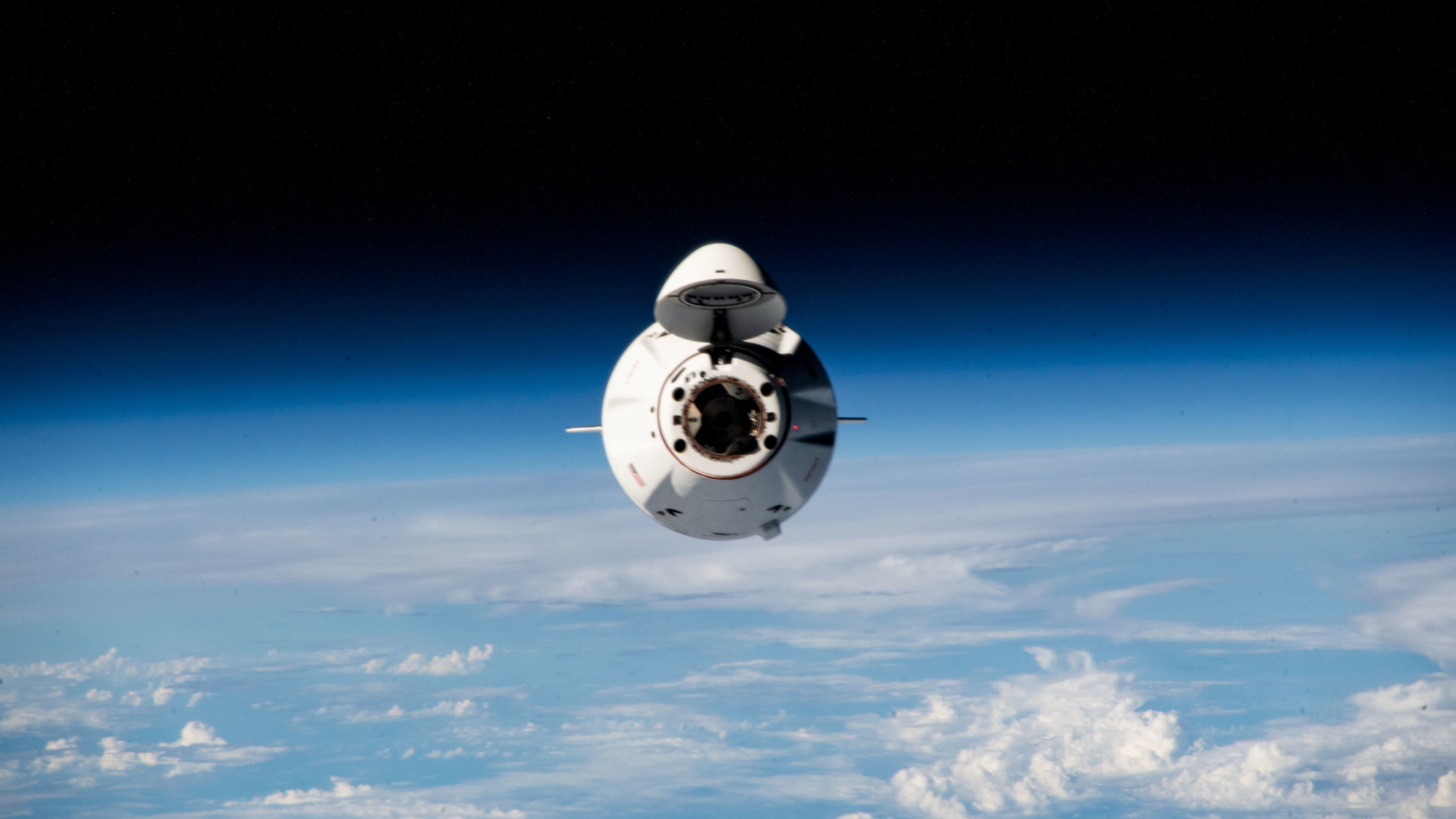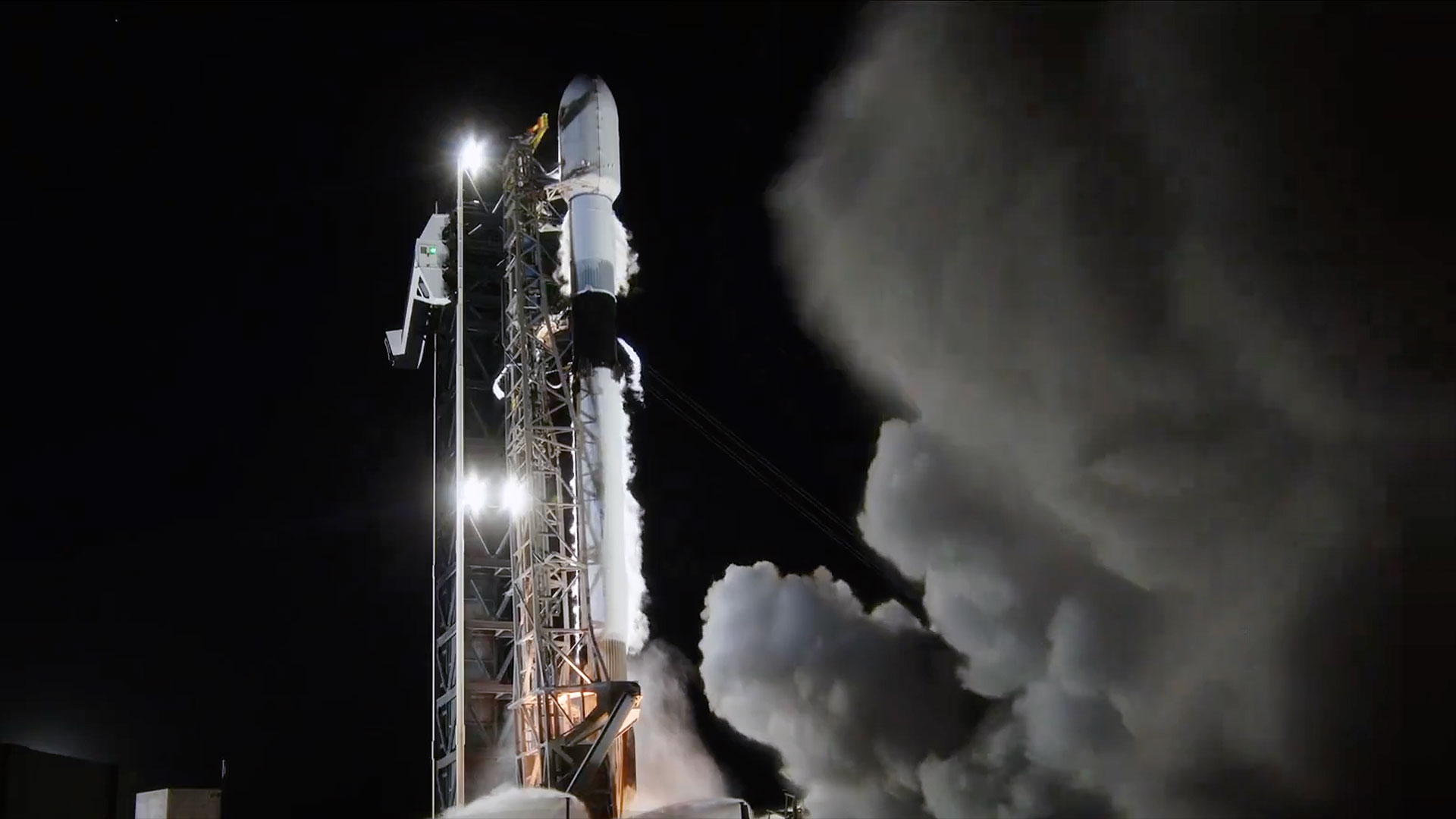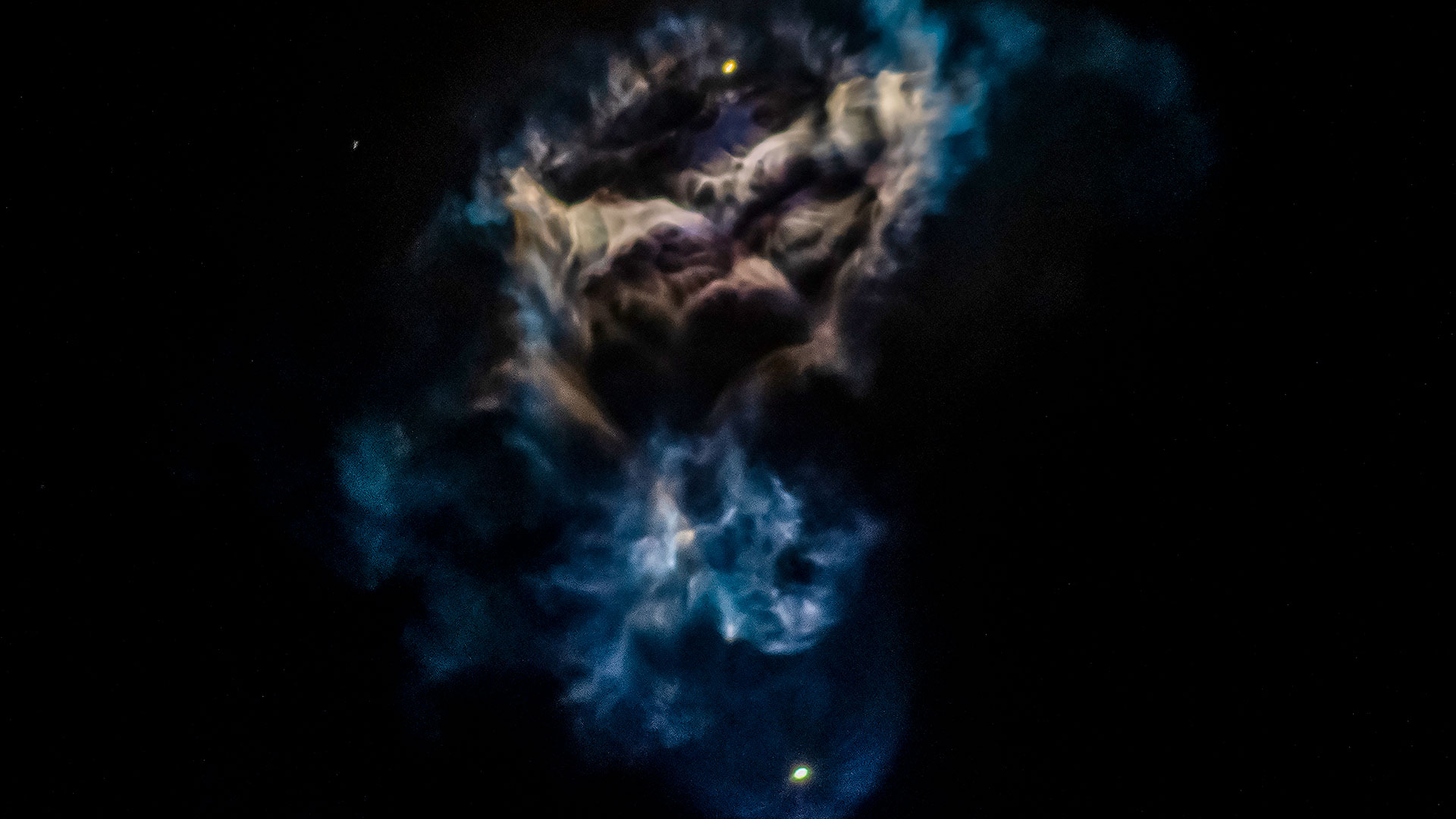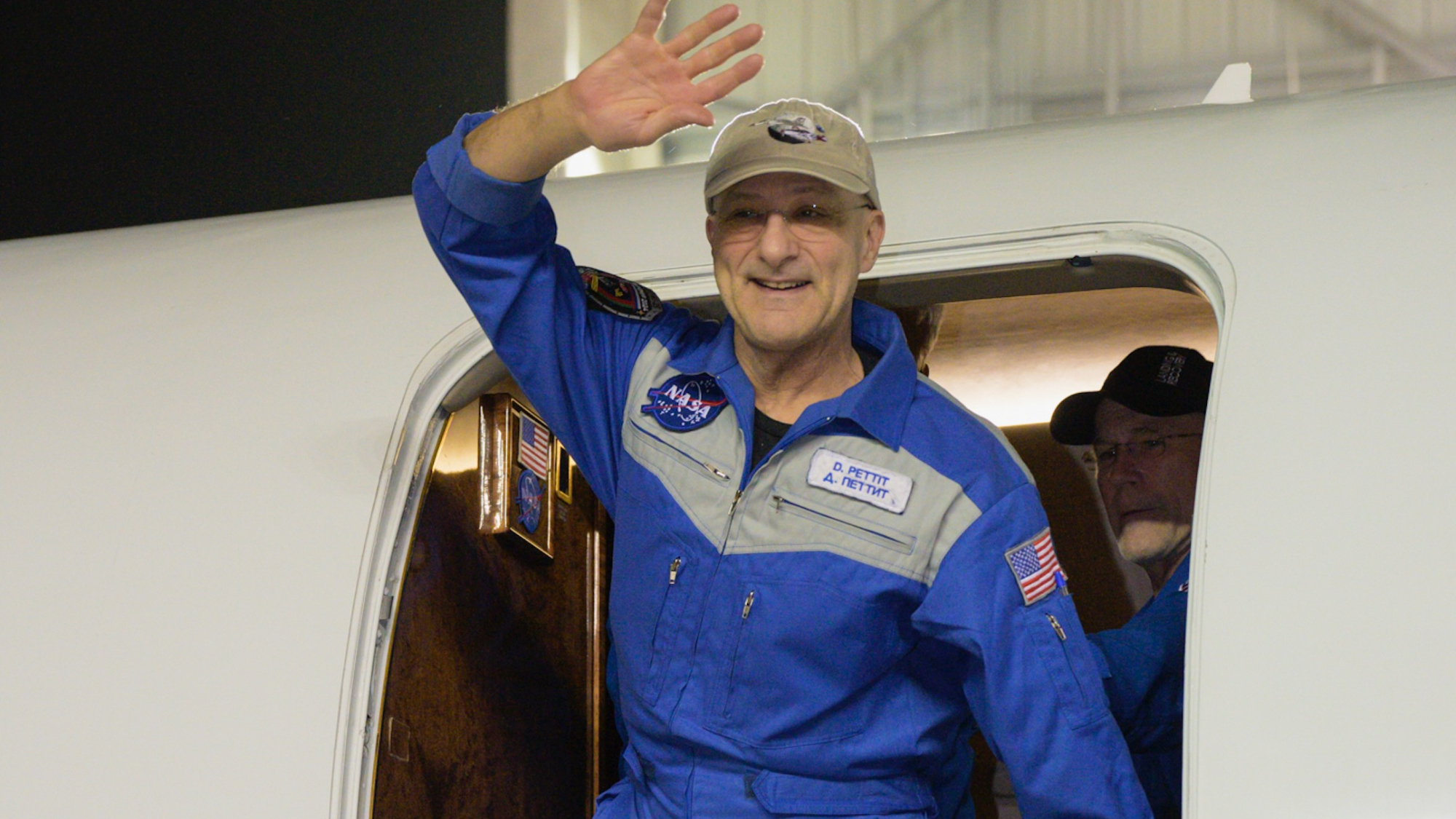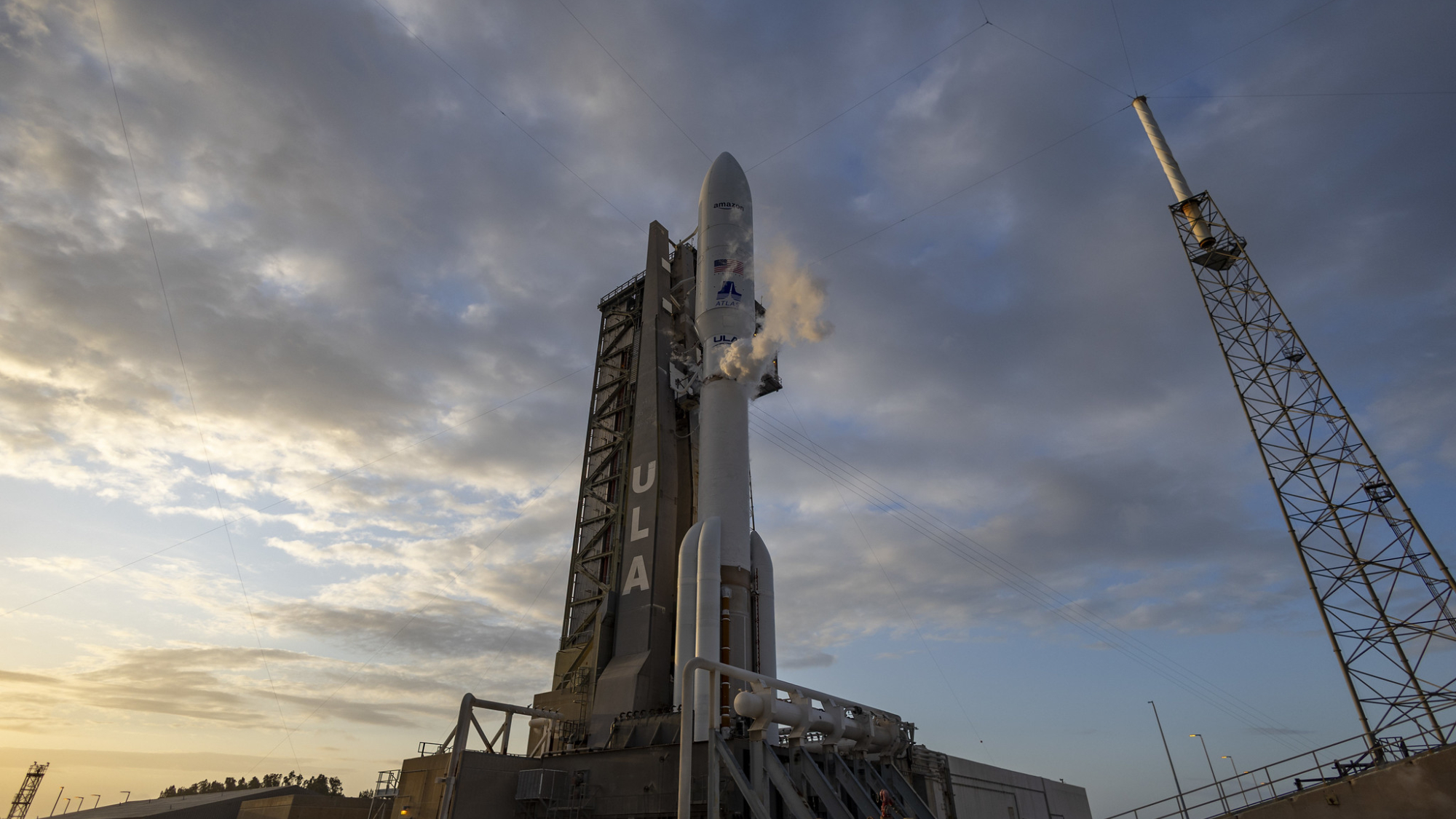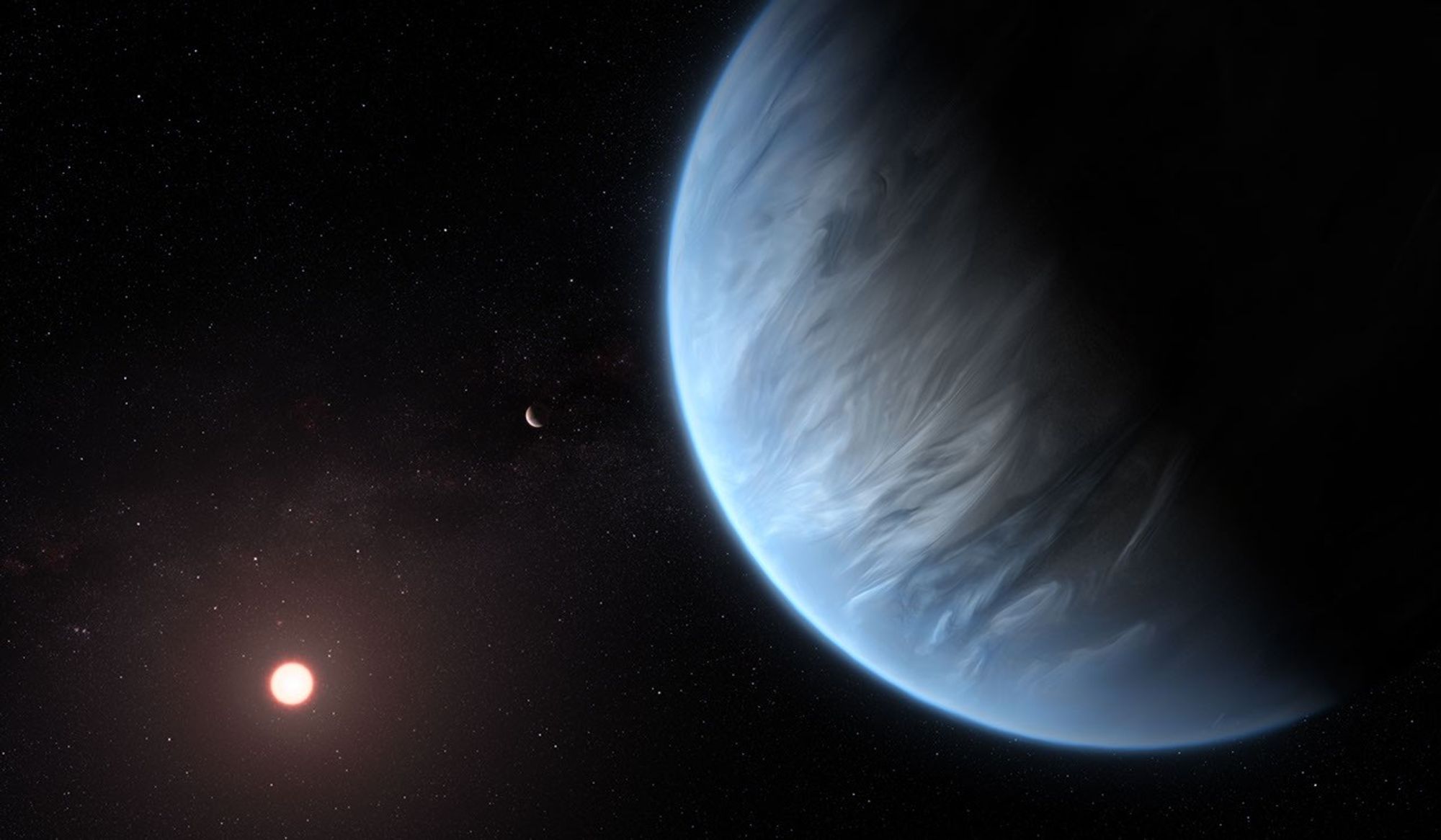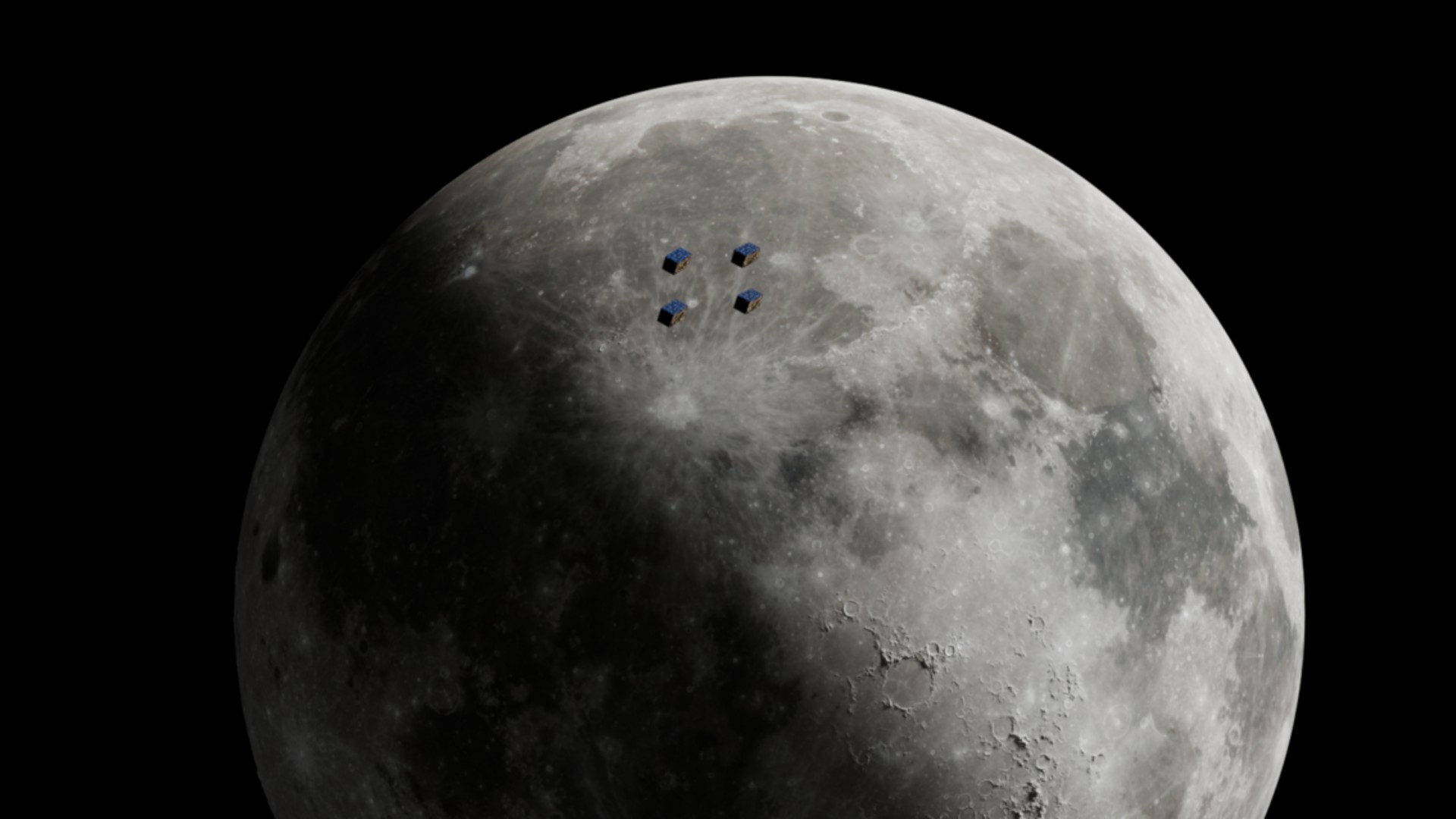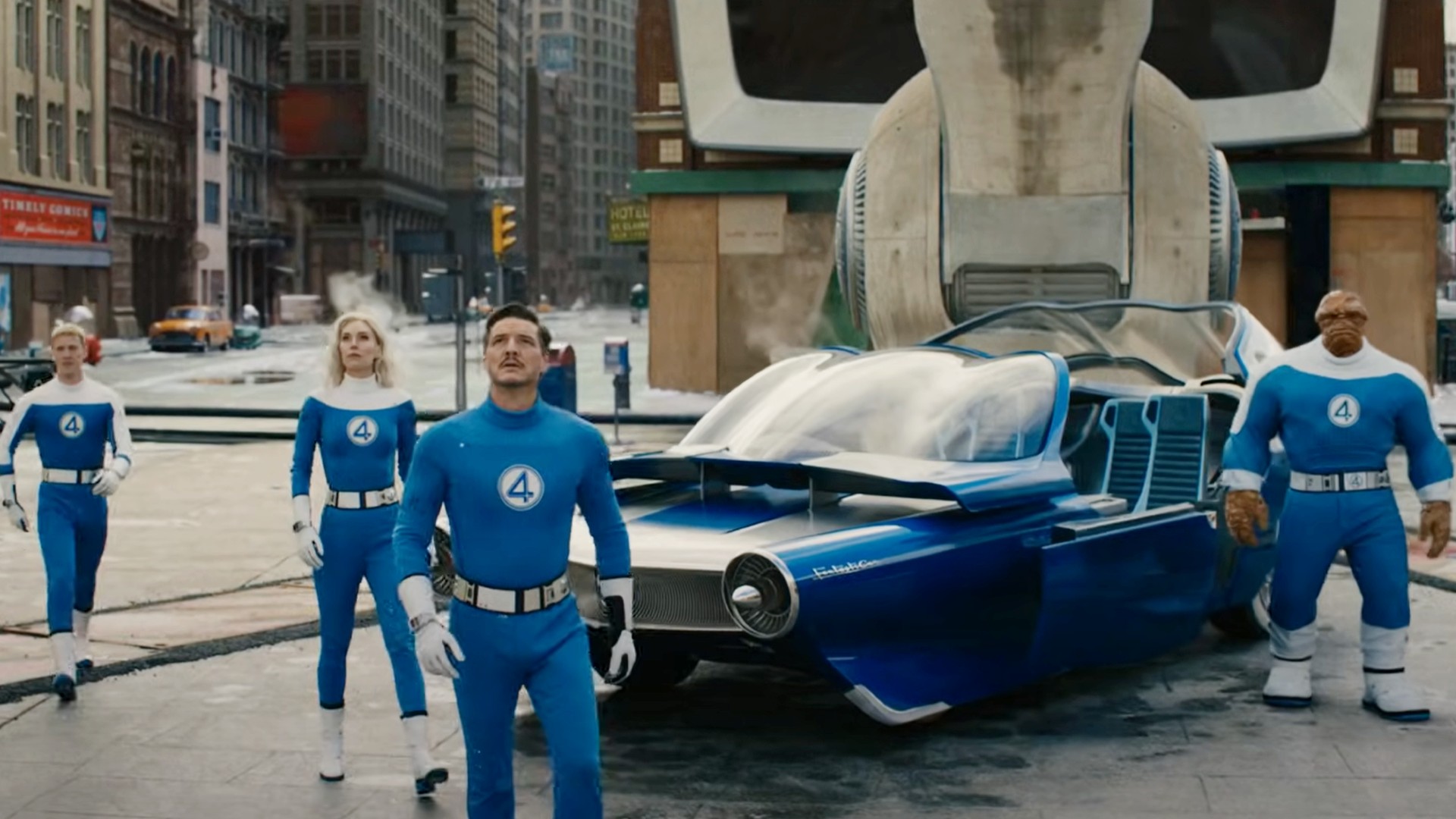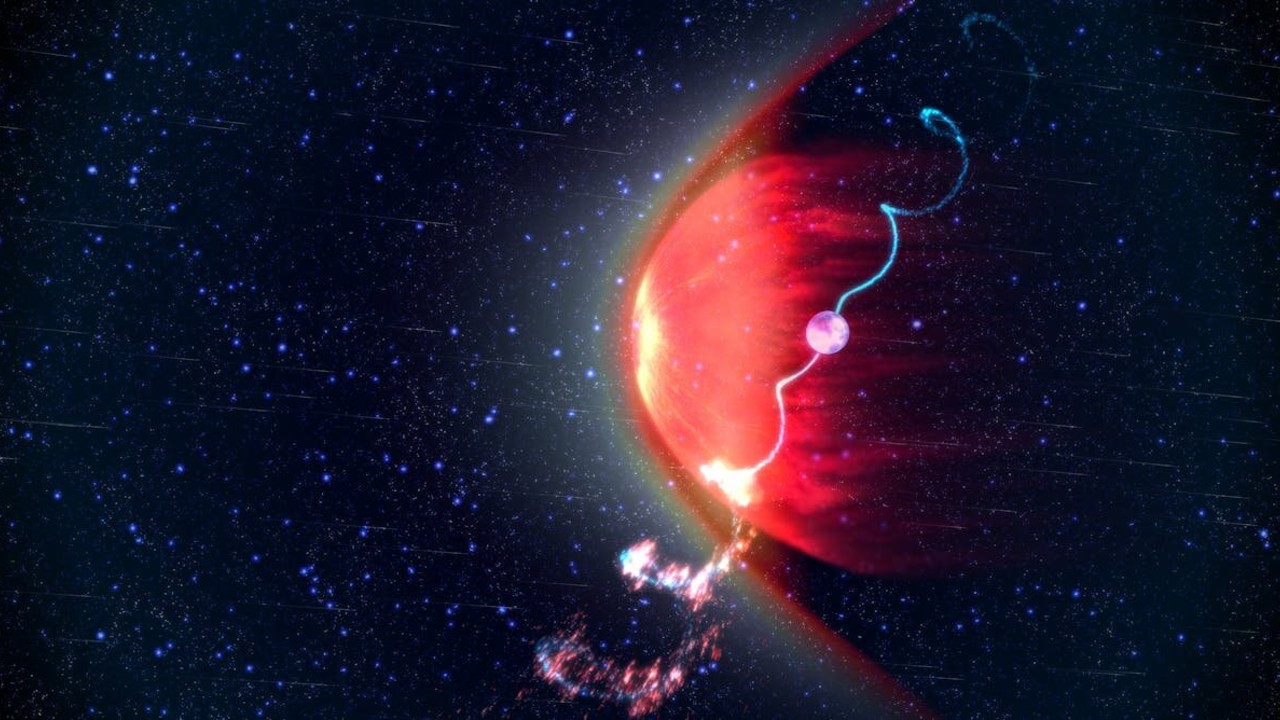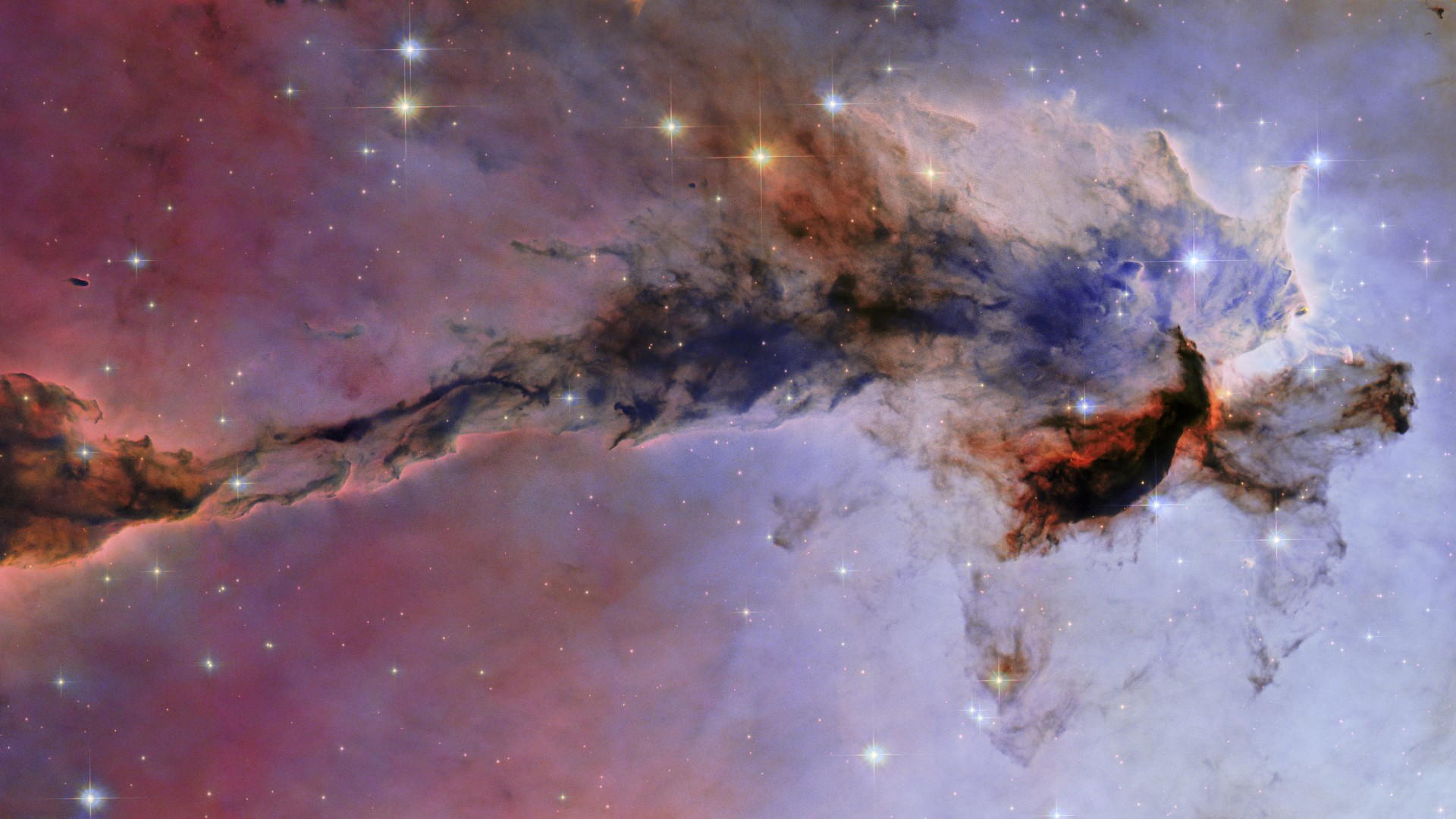Magnificent communication: Apollo 11 moonwalker Buzz Aldrin tests Verizon satellite service in new ad
Aldrin is still planting flags 56 years after he did so on the moon, only now it is in a commercial asking "Can you text me now?"
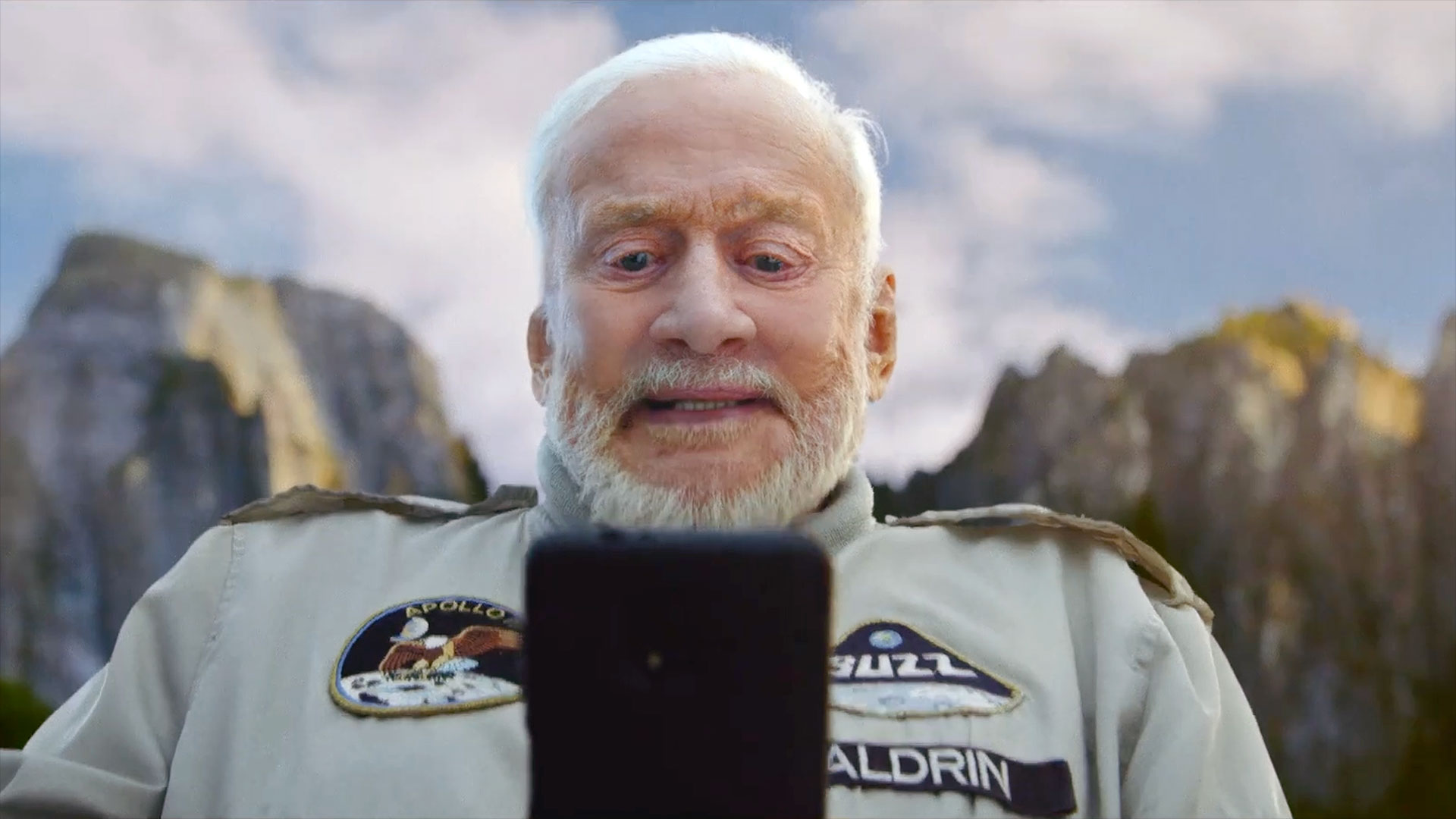
As someone who is no stranger to comm dropouts on a planetary scale, Apollo 11 moonwalker Buzz Aldrin has teamed up with Verizon to help promote the company's satellite-based solution to cell service "dead zones."
The now 95-year-old astronaut, who in 1969 became one of the first humans to step foot on the lunar surface, appears in a new Verizon ad alongside Paul Marcarelli, the original "Can you hear me now?" Test Man to ask, "Can you text me now?"
"Fifty-six years ago, I was one of the select few that made it into space and the first team to help America conquer the moon," said Aldrin in a statement released by Verizon. "Back then, space was the great unknown, and now we've never been closer to it. I can't look up in the sky without seeing a satellite fly by. It's remarkable to see how far the human race — and technology — has come."
In the commercial, Aldrin is seen wearing a silver jacket adorned with the Apollo 11 mission patch while planting a Verizon "satellite powered" red and yellow flag at remote areas around Earth. At each stop, whether it be on the desert floor of a canyon, at the base of a snow-covered mountain or in an area of the wildness already marked as a "dead zone," the retired U.S. Air Force General and Doctor of Astronautics uses his Verizon-issued Android smartphone to show that he can still send texts.
Related: Buzz Aldrin: The second man on the moon
Aldrin's last test is shown as looping out around the moon — past an American flag planted on its surface — to a satellite in Earth orbit. There, a spacesuited Marcarelli (sans helmet) receives Aldrin's message and reacts, "That's my line."
"It's been 10 years since I last asked America 'Can you hear me now?' Back then dead zones were everywhere and it's safe to say today they are only in the most remote places like the dark [sic] side of the moon," said Marcarelli in Verizon's release, making the common mistake of describing the far side of the moon as the non-existent "dark" side. "Satellite is for sure the next frontier."
Get the Space.com Newsletter
Breaking space news, the latest updates on rocket launches, skywatching events and more!
Verizon customers with "select new model phones with updated software" can send texts — such as emergency SOS messages, including their location — when they are in areas inside the United States without cellular coverage. According to the company, its U.S. network provides coverage to more than 99% of the places where people "live, work and play," but its satellite service now covers the "very few places" throughout the country where customers cannot connect.
For the service to work, the phones — which include Google's Pixel 9 series and Samsung's Galaxy S25 — must be outdoors with a line of sight to the Viasat, Echostar or other satellites that are part of the Skylo satellite connectivity service. The service may not work in parts of Alaska.
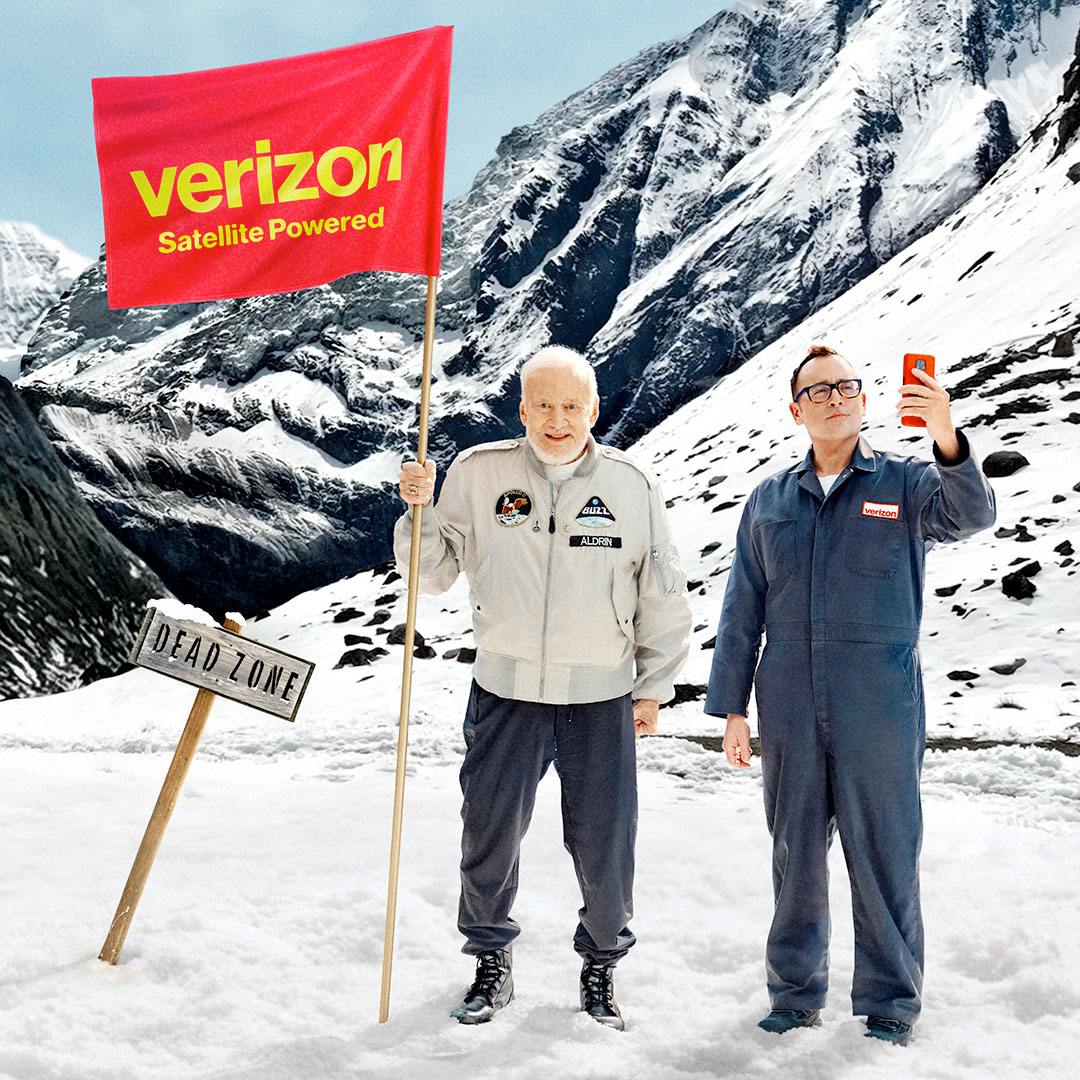
In addition, AST SpaceMobile, a satellite designer and manufacturer based in Midland, Texas, has a $100 million commitment from Verizon to provide direct-to-cellular satellite service when needed for Verizon's customers.
This week, the FCC (Federal Communications Commission) authorized AST to begin testing its service in the United States. This approval enables the first five of AST's commercial BlueBird satellites, already operating in low Earth orbit, to test connections with Verizon smartphones supporting voice, full data and video applications, as well as other native cellular capabilities, without the need of any specialized software or device support or update.
"That's one giant leap for connectivity," says Aldrin in the commercial.
AST SpaceMobile also has an agreement to provide space-based network services to AT&T and its customers. Similarly, T-Mobile partnered with SpaceX to use the Starlink broadband internet constellation and its direct-to-cell capabilities.
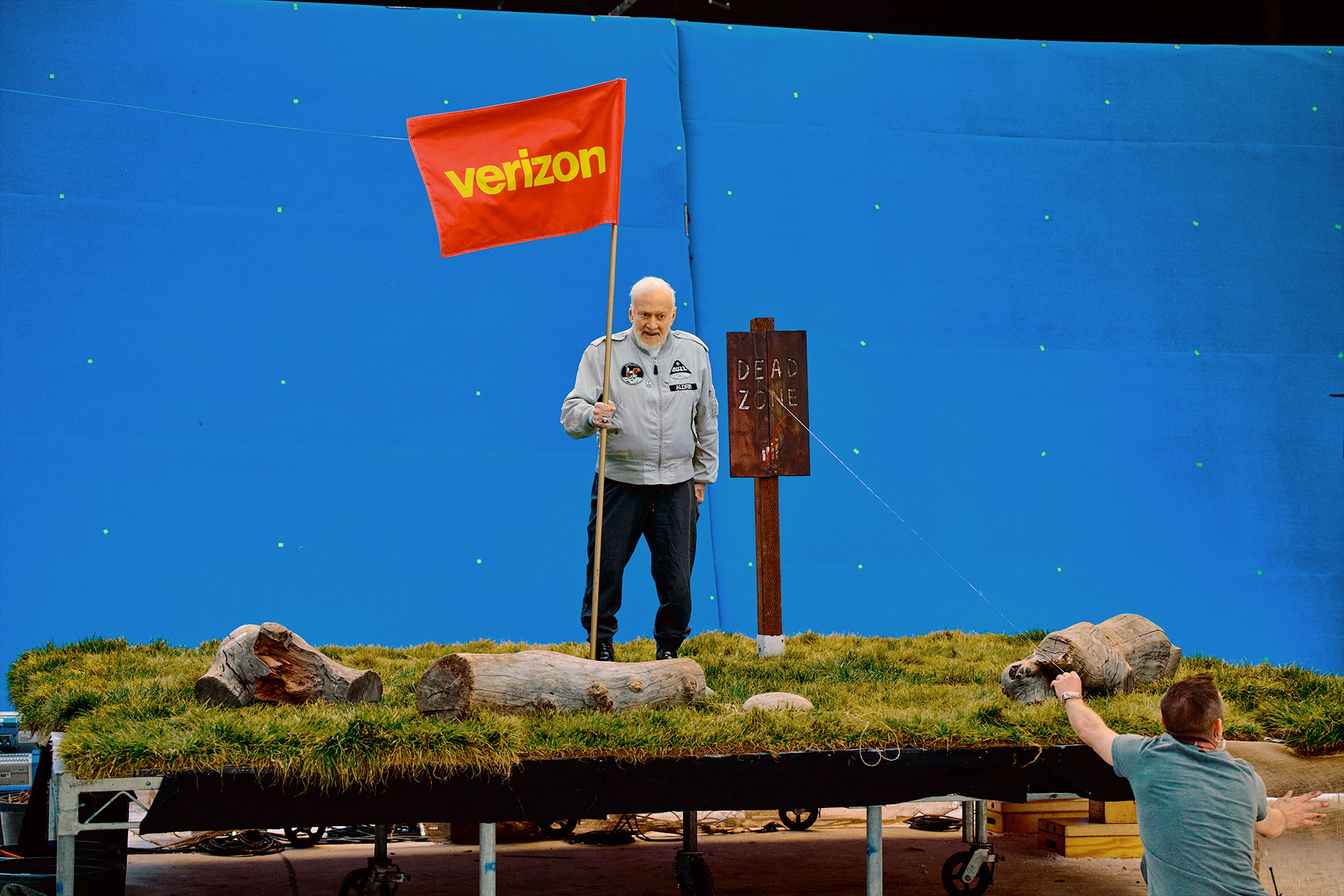
This is not Aldrin's first appearance in a commercial. Among his past spots are ads filmed for IBM and YouTube TV in 2019; a commercial for Quaker Oats in 2016; and a 2015 promotion to visit Switzerland.
In 1987, Aldrin joined Mercury astronauts Scott Carpenter and Gordon Cooper to advertise the Commodore Amiga 500 home computer and in 1972, a year after he left NASA, Aldrin helped sell the Volkswagen (VW) Beetle, comparing its computer diagnostics system to the computer he used to fly to the moon.
Follow collectSPACE.com on Facebook and on X at @collectSPACE. Copyright 2025 collectSPACE.com. All rights reserved.
Join our Space Forums to keep talking space on the latest missions, night sky and more! And if you have a news tip, correction or comment, let us know at: community@space.com.
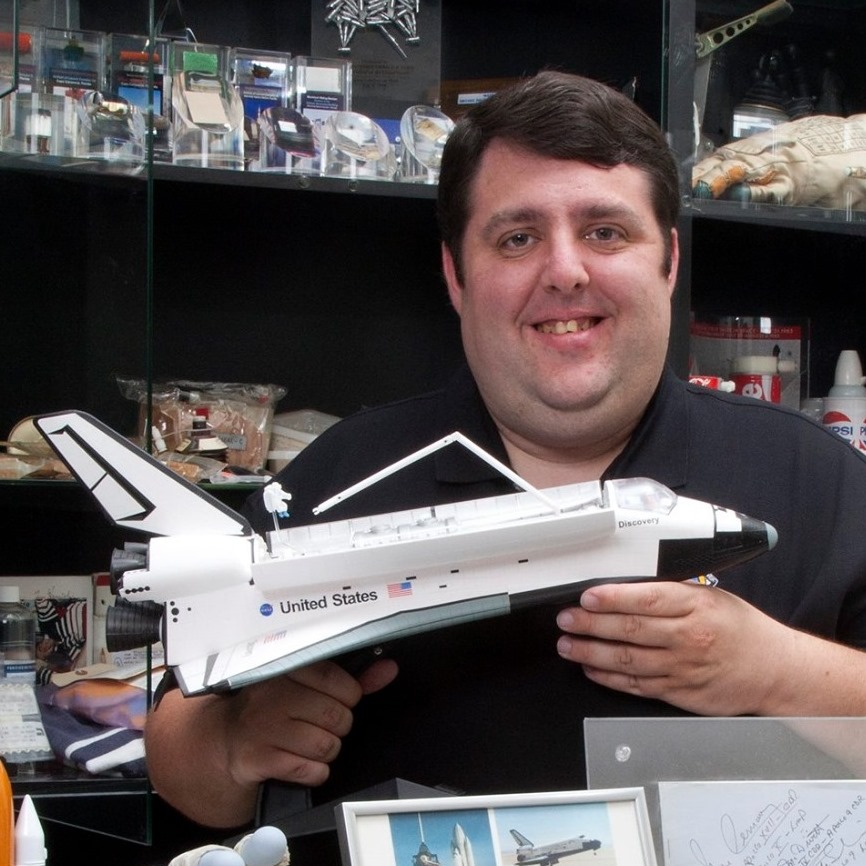
Robert Pearlman is a space historian, journalist and the founder and editor of collectSPACE.com, a daily news publication and community devoted to space history with a particular focus on how and where space exploration intersects with pop culture. Pearlman is also a contributing writer for Space.com and co-author of "Space Stations: The Art, Science, and Reality of Working in Space” published by Smithsonian Books in 2018.In 2009, he was inducted into the U.S. Space Camp Hall of Fame in Huntsville, Alabama. In 2021, he was honored by the American Astronautical Society with the Ordway Award for Sustained Excellence in Spaceflight History. In 2023, the National Space Club Florida Committee recognized Pearlman with the Kolcum News and Communications Award for excellence in telling the space story along the Space Coast and throughout the world.
-
WDD Aldrin stepped on the lunar surface, or he set foot on the lunar surface; he did not "step foot" on it.Reply
(What are they teaching in high school nowadays?)

